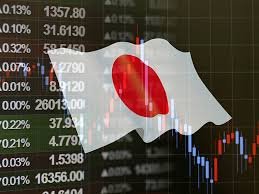Last week’s US employment statistics showed weaker-than-expected unemployment rates and job numbers, causing the USD to weaken alongside a drop in US bond yields. However, at the start of this week, with no specific catalysts in sight, a correction seems to be taking place.
The depth of this correction varies among different currency pairs. EUR/USD and GBP/USD are undergoing relatively shallow corrections. USD/JPY has returned to levels seen before Friday’s employment statistics release. Meanwhile, AUD/USD, after today’s decline, has almost erased the gains made on Friday.
The differences in the extent of this correction may hint at the strength or weakness of each country’s monetary policy. The Bank of Japan (BOJ) has generally maintained its accommodative stance without significant changes. The Reserve Bank of Australia (RBA), following today’s rate hike, seems to be adopting a wait-and-see approach for the time being, according to the statement. In contrast, uncertainty about inflation trends in Europe and the UK remains high, and they appear to want to keep their options open for future rate hikes.
This week lacks prominent economic data releases, so the market will likely look to statements from various central bank officials for hints about future monetary policy decisions.
In the coming hours, there are many scheduled speeches by US monetary officials, including speeches by Kashkari, President of the Federal Reserve Bank of Minneapolis; Goolsbee, President of the Federal Reserve Bank of Chicago; Bar, Vice Chair of the Federal Reserve; Schmidt, President of the Federal Reserve Bank of Kansas City; Waller, Federal Reserve Board Governor; Williams, President of the Federal Reserve Bank of New York; and Kaplan, President of the Federal Reserve Bank of Dallas.
In addition, there is a speech scheduled by Nagel, President of the Bundesbank, which could provide insights into the monetary policy stance of the European Central Bank (ECB).
Continuing to target USD shorts remains the plan for now.


